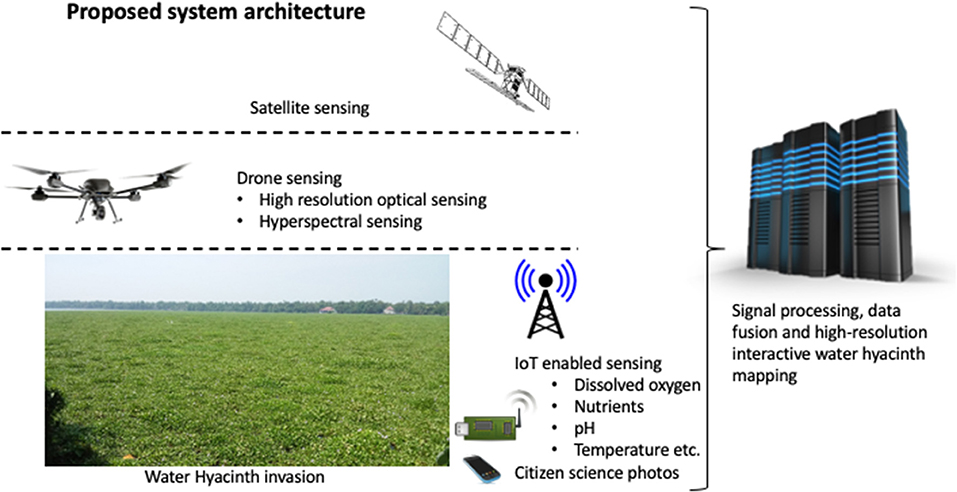

In doing so, this allowed the researchers to test whether local‐climate adaptation of the weevil has occurred. eichhorniae differ in their low‐temperature physiology between water hyacinth-infested or long-term culture sites. Terblanche at Stellenbosch University, to investigate whether two climatically-distinct populations of the biocontrol weevil N. Master’s student Daniel Rogers and Dr Candice Owen at the Centre for Biological Control, Rhodes University, collaborated with C∙I∙B Core Team Member Prof John S. This presents an intriguing opportunity to ask questions surrounding the thermal adaptation and suitability of populations to their local climate conditions, and the speed at which thermal traits can evolve under field conditions. eichhorniae populations have failed to adequately control water hyacinth populations, specifically those exposed to cold conditions. The tiny weevil, Neochetina eichhorniae (pictured above), is probably the most widely established biocontrol agent on water hyacinth populations around South Africa. Photo credit: Centre for Biological Control

Neochetina eichhorniae – outstanding in its field. The insect’s thermal traits of performance and survival can markedly impact successful control in the field, especially if the insect is poorly suited to the conditions experienced. Among several factors determining the success of biocontrol agents in controlling water hyacinth, the environmental match of the agent with the local environment is central. To better control this aquatic weed, several biocontrol agents have been released – unfortunately with mixed success. Water hyacinth ( Eichhornia crassipes) is a widespread invasive species impacting a range of ecosystem services in South Africa, especially water quality and availability.


 0 kommentar(er)
0 kommentar(er)
